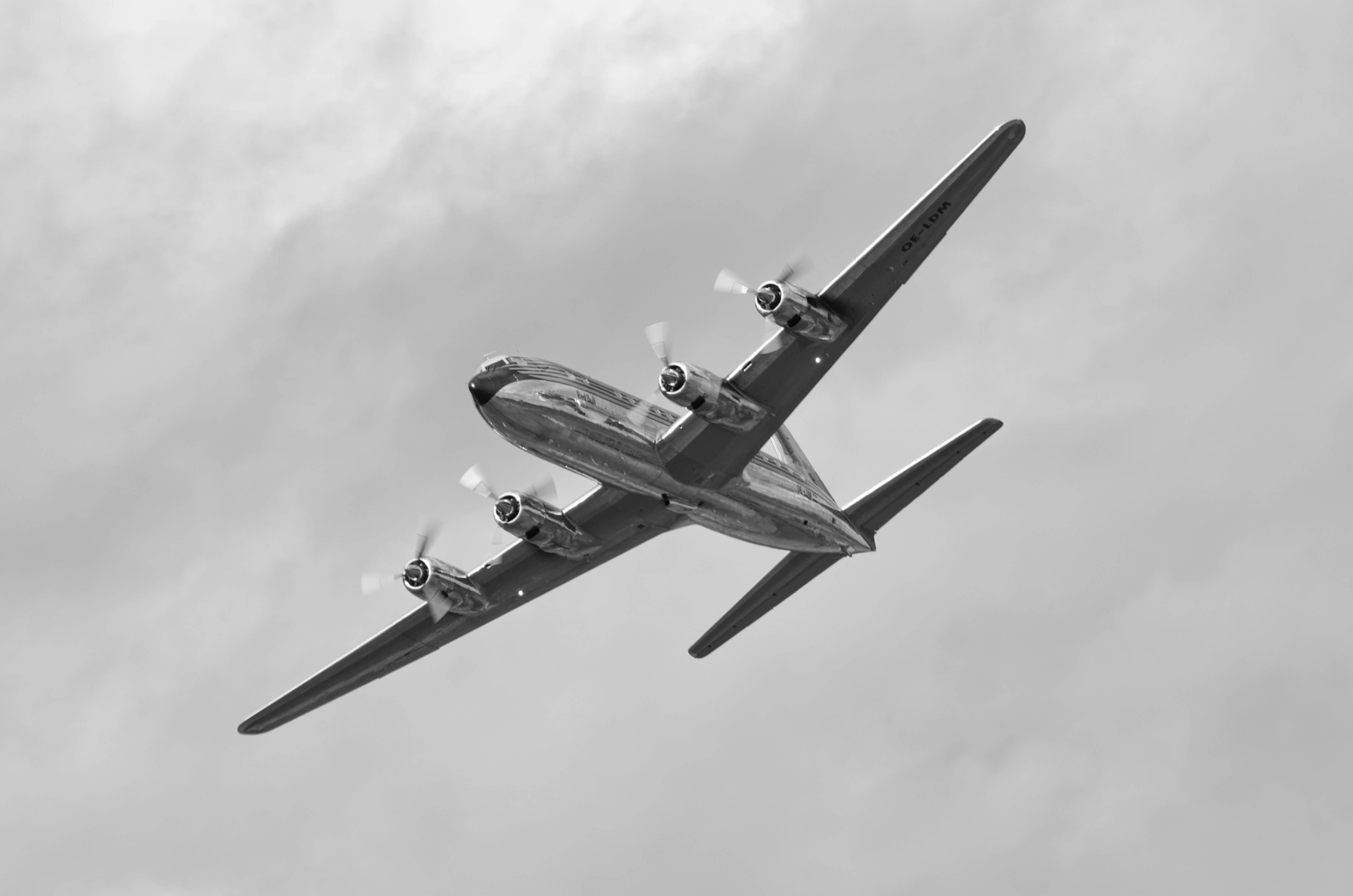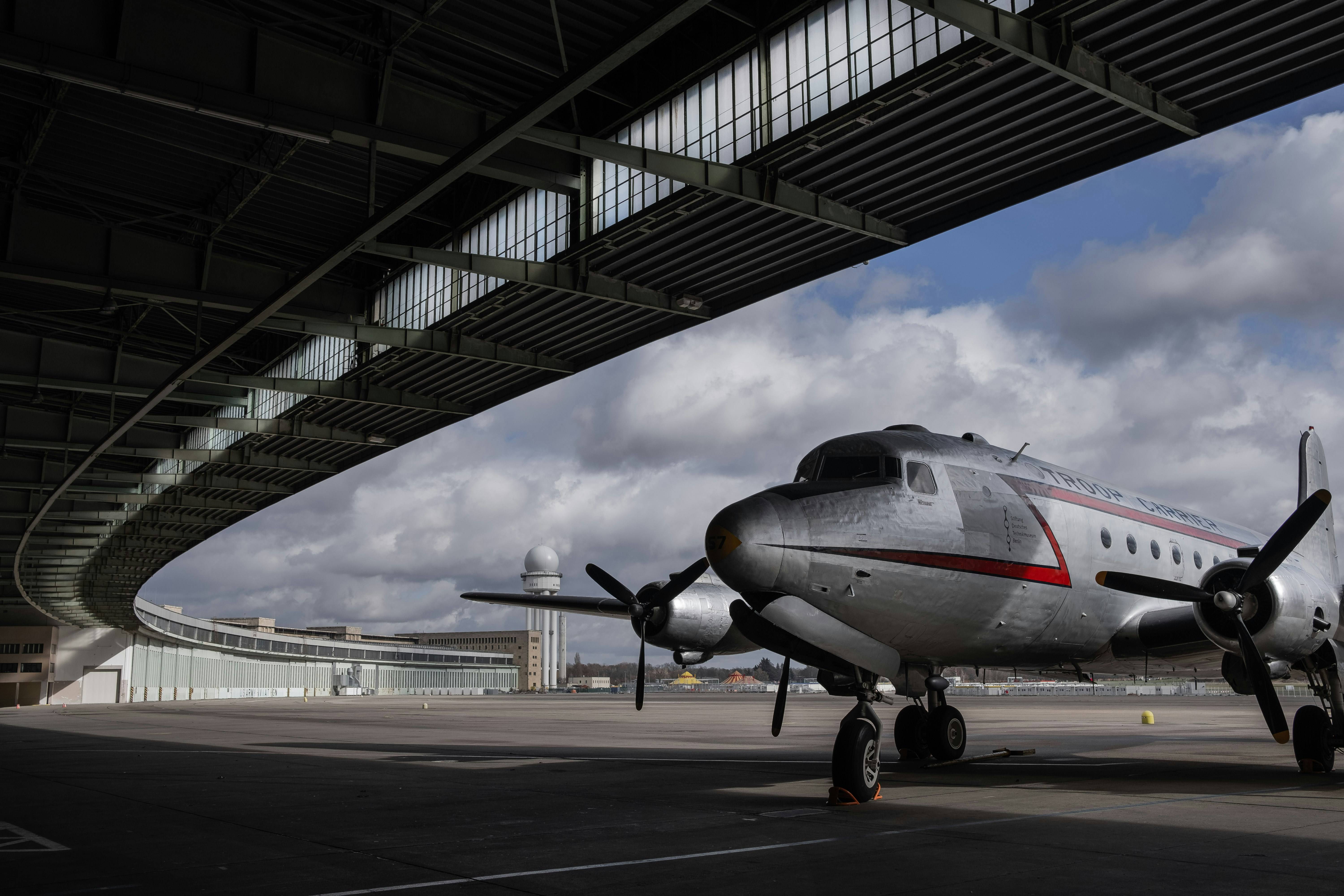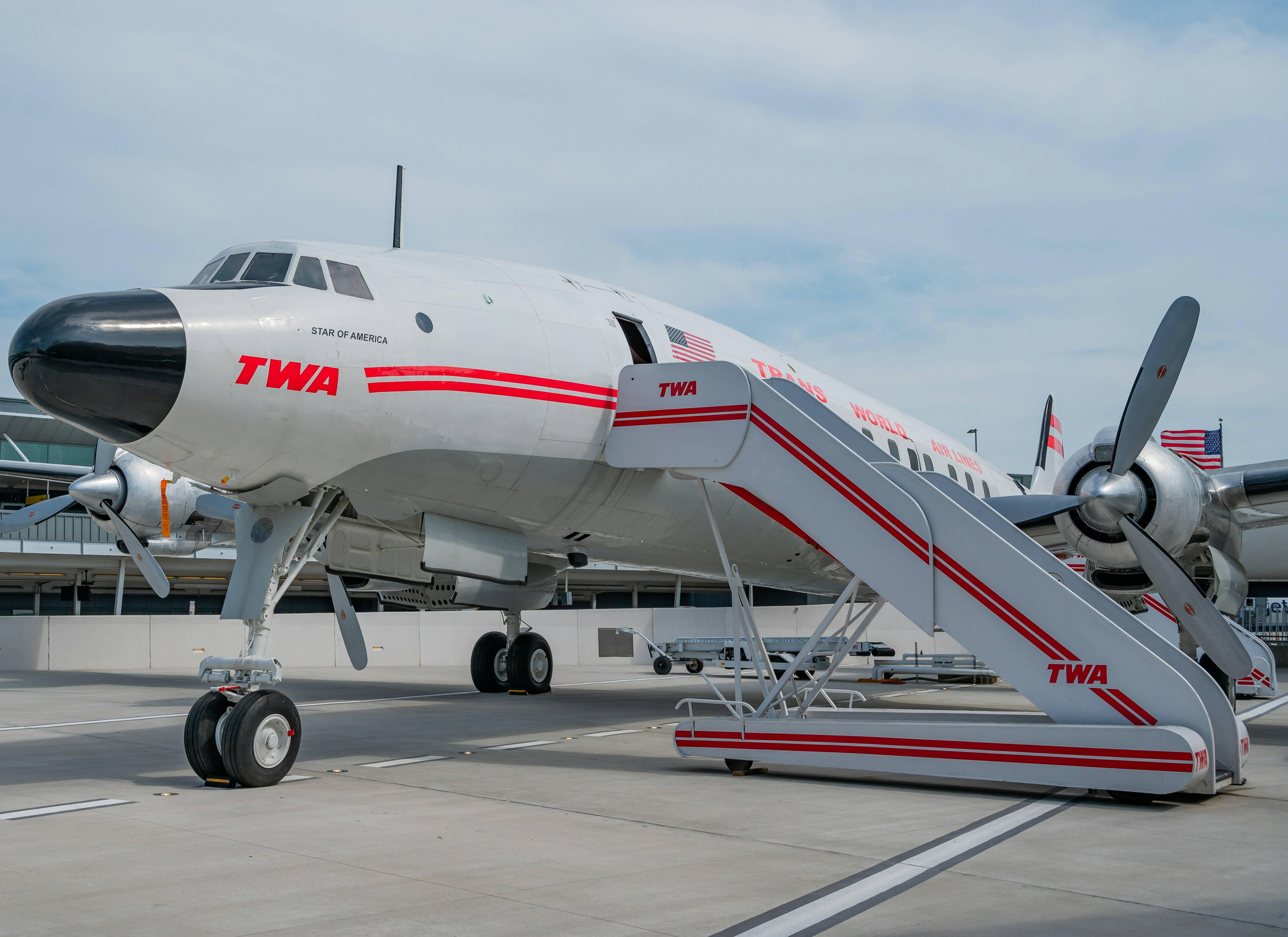The History of Commercial Flight and its Future
Commercial aviation has evolved tremendously from its humble beginnings to the global industry we know today. What started as a dream in 1903 with the Wright Brothers' first successful flight has since transformed into an essential mode of transportation for millions of people, including myself. I’ve always been fascinated by air travel and how it connects the world in ways that were unimaginable not too long ago. As air travel continues to evolve, it’s exciting to imagine what the future holds and how we as travelers will benefit.
A Brief History
Commercial aviation as we know it today started in the early 20th century. The first scheduled air service took off on January 1, 1914, between St. Petersburg and Tampa, Florida. It’s hard to believe that the route was only 23 miles! These days, I fly more miles than that just getting to the airport.
Over time, with advances in aircraft design and technology, we saw larger planes capable of flying further and carrying more passengers. The introduction of jet engines really changed the game in the mid-20th century, making flying faster and more accessible to the average person. I often think about how different my travel experience would be without these innovations... flights used to take much longer and be far less comfortable!
The Jet Age
The Jet Age truly began in 1958 when Pan American World Airways launched the Boeing 707 on its first transatlantic route from New York to Paris. This flight was a huge milestone. Nowadays, a transatlantic flight is routine, but back then it was an exciting, luxurious adventure. The idea of being able to fly across the ocean in a matter of hours instead of days was revolutionary.
The Boeing Company 707, along with other jet-powered aircraft, revolutionized air travel by allowing airlines to carry more passengers over greater distances in less time. It wasn’t just about speed, though—these planes also offered a level of comfort and luxury previously unheard of in commercial aviation. Every time I fly internationally, I can’t help but appreciate the speed and comfort that jet engines brought to aviation. It makes me wonder what those first passengers must have thought when they were boarding that 707—probably a mix of excitement and a little nervousness!
Deregulation Era
By the late 1970s, the aviation industry faced another pivotal change: deregulation. In the United States, the Airline Deregulation Act of 1978 fundamentally altered the landscape of commercial aviation. Prior to deregulation, the government controlled routes and fares, which limited competition and kept ticket prices relatively high.
With deregulation, airlines were free to set their own fares and routes, leading to increased competition and lower prices for consumers. While this was a win for travelers, it also created challenges for airlines, which had to adapt to a more competitive environment. Some airlines thrived in this new landscape, while others struggled or were forced to merge. Globally, the ripple effects of deregulation led to similar changes, transforming the way people travel worldwide. As a frequent flyer, I can personally attest to how much more affordable and accessible air travel became after deregulation.
The Digital Revolution
In recent years, the commercial aviation industry has embraced the digital revolution, transforming nearly every aspect of air travel. From the moment you book a ticket to the time you disembark, technology enhances the passenger experience. Online bookings, mobile check-ins, and automated kiosks have made the process of getting to your flight more seamless and efficient than ever before. I’ve seen firsthand how these innovations have saved me both time and stress.
Airlines now offer personalized notifications via mobile apps, providing real-time updates on everything from gate changes to delays. Additionally, flight tracking has become more sophisticated, allowing passengers to follow their flight’s path via map-based tracking tools. For frequent travelers like me, these innovations have made flying less stressful and more convenient, though some aspects of air travel, like long security lines, remain a persistent challenge.
The Future: Sustainable Aviation
Looking ahead, the future of commercial aviation will likely be defined by sustainability. Climate change has put significant pressure on the aviation industry to reduce its carbon footprint. In response, airlines and aircraft manufacturers are exploring alternative fuels, such as biofuels, and electric planes that produce fewer emissions than traditional jet engines.
One promising development is the use of sustainable aviation fuels (SAF), which can reduce lifecycle greenhouse gas emissions by up to 80% compared to conventional jet fuel. Electric planes, while still in the experimental stages, could further revolutionize the industry by eliminating direct emissions entirely. As someone who flies frequently, I look forward to the day when my flights leave less of an impact on the environment while still offering the convenience and speed I’ve come to rely on.
FAQ: History and Future of Commercial Flight
Find more help here for your journey through the airport




